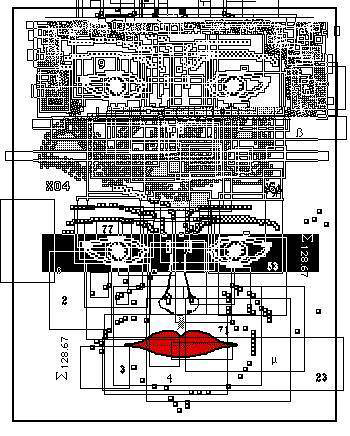* * * * *
During the late 1980s I collaborated with Richard Friedhoff on a coffee-table book on computer graphics and image processing: Visualizationi: The Second Computer Revolution. Given that the book was targeted at a general audience, though it has found some favor among scholars, a lot of ideas didn't make it in. I took a number of those and gathered them together into and article on visual thinking for the Encyclopedia of Computer Science and Technology. You can download it at the usual places:
- Academia.edu: https://www.academia.edu/13450375/Visual_Thinking
- SSRN: http://ssrn.com/abstract=2625245
Abstract and table of contents below.
* * * * *
Abstract: Its ability to deal with visual information is one of the mind's most powerful capacities. Visual thinking, high-level manipulation of visual information, is important to computer science because, with the flowering of computer graphics and image processing, it provides the basis for a rich and intuitively satisfying channel of man-machine interaction. Just as writing evolved to help the verbal mind, so various media have evolved to help the visual mind. I propose that visual thinking involves the internalization of visuo-manipulative activity and of movement through the environment. We move through the physical environment, sometimes in a familiar place, sometimes in a strange place; we handle objects, sometimes to accomplish a specific task, sometimes simply to inspect the object. Visual thinking involves imagined locomotion in imagined settings, imagined manipulation of imagined objects. The settings and objects may be real, but not present, or they may exist only in imagination.
Published in Allen Kent and James G. Williams, Eds. Encyclopedia of Computer Science and Technology. Volume 23, Supplement 8. New York; Basel: Marcel Dekker, Inc. (1990) 411-427.
Introduction: Visual Thinking in Computing 2
The Method of Loci 2
Understanding Molecular Structure: The Work of Irving Geis 3
Visual Thinking in Art 4
Visual Thinking: A Speculative Proposal 5
The Controversy over Mental Images 7
Some Evidence from Neuropsychology 8
Visual Thinking, Science, and Creativity 10
Images As Tools for Thought 12
The Graphics Interface 13
The Visual Nature of the World of Computing 14
Back to the Future 15

No comments:
Post a Comment